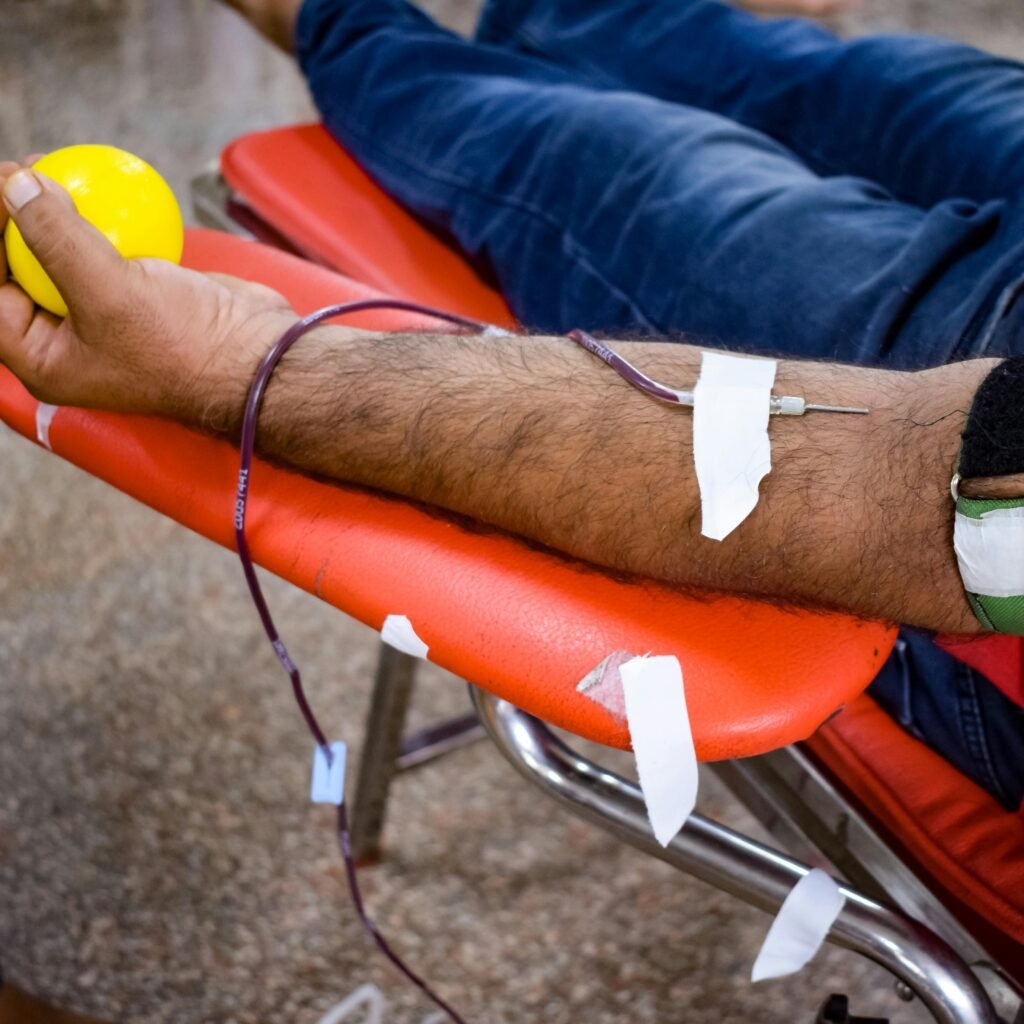Camp Mountain Bushfire: Staying Safe and Informed
The recent bushfire near Camp Mountain, Queensland, has understandably caused concern and anxiety within the community and across the state. With over 100 fires burning across Queensland, and waterbombers actively fighting the blaze, it’s crucial to stay informed, take necessary precautions, and support those affected. This guide provides up-to-date information on the Camp Mountain bushfire, safety measures to protect your family and property, and resources for community support. We’ll also explore ways to stay connected and access official updates during this challenging time.
Understanding the evolving situation is the first step in ensuring your safety. Let’s delve into the current status of the fire and the potential risks.
Understanding the Current Situation
The Camp Mountain bushfire, part of a broader statewide fire emergency, has prompted significant action from Queensland emergency services. A Public Safety Preservation Act (PSPA) declaration has been issued, granting authorities additional powers to manage the situation and ensure public safety. This allows them to evacuate areas, restrict access, and take other necessary steps to control the fire and protect lives and property.
Latest Updates and Information Sources
Staying informed is paramount. Here are reliable sources for the latest updates:
- Queensland Fire and Emergency Services (QFES): The official QFES website and social media channels (Facebook & Twitter) are your primary source for real-time updates, warnings, and evacuation notices.
- Bureau of Meteorology (BOM): Monitor weather forecasts and fire weather warnings. Strong winds and high temperatures can significantly impact fire behavior.
- Local News Outlets: Stay tuned to local news channels (television, radio, and online) for on-the-ground reporting and community-specific information.
- Queensland Government Website: The Queensland Government website provides information on emergency management and disaster recovery resources.
What Does a PSPA Declaration Mean?
A Public Safety Preservation Act (PSPA) declaration signifies a serious threat to public safety. It empowers police to:
- Establish exclusion zones.
- Direct people to evacuate.
- Control traffic and access to affected areas.
- Take other necessary actions to protect lives and property.
It’s vital to comply with any directions given by emergency services personnel during a PSPA declaration.
Protecting Your Home and Family
Even if your property isn’t directly threatened, taking proactive steps to protect your home and family is essential during a bushfire emergency. Preparedness is key to minimizing risk and ensuring your safety.
Bushfire Preparedness Checklist
Here’s a checklist to help you prepare:
- Create a Bushfire Survival Plan: Develop a comprehensive plan that outlines what you will do if a fire threatens your property. Include evacuation routes, meeting points, and emergency contact information.
- Prepare an Emergency Kit: Pack a kit with essential items such as water, food, medications, first-aid supplies, flashlights, a battery-powered radio, and important documents.
- Maintain Your Property: Clear gutters of leaves and debris, mow lawns regularly, trim overhanging branches, and remove flammable materials from around your home.
- Review Your Insurance Policy: Ensure your home and contents insurance policy provides adequate coverage for bushfire damage.
- Know Your Neighbors: Connect with your neighbors and share emergency contact information. Helping each other can make a significant difference during a crisis.
If a Bushfire Threatens Your Home
If a bushfire approaches your property, take the following steps:
- Activate Your Bushfire Survival Plan: Implement your pre-determined plan and ensure everyone knows their role.
- Monitor Conditions: Stay informed about the fire’s progress by monitoring official sources.
- Prepare to Evacuate: If advised to evacuate, do so immediately. Follow the designated evacuation routes and take your emergency kit with you.
- If Trapped: If you cannot evacuate, seek shelter inside a sturdy building. Close all windows and doors, and cover them with wet towels or blankets. Stay low to the ground and protect yourself from heat and smoke.
Understanding Fire Danger Ratings
Fire danger ratings provide an indication of the potential fire behavior and the level of risk. Familiarize yourself with the different ratings and what they mean:
- Low-Moderate: Fires are unlikely to spread rapidly.
- High: Fires can spread quickly and be difficult to control.
- Very High: Fires can spread very quickly and be extremely difficult to control.
- Severe: Fires are likely to be uncontrollable and destructive.
- Extreme: Fires are likely to be catastrophic and pose a significant threat to life and property.
Pay close attention to fire danger ratings and heed any warnings or advice issued by authorities. You can find fire danger ratings on the BOM website.
Community Support and Resources
During challenging times like these, community support is invaluable. There are numerous organizations and initiatives providing assistance to those affected by the Camp Mountain bushfire and other fires across Queensland.
Organizations Providing Assistance
- Red Cross: The Red Cross provides emergency assistance, including shelter, food, and emotional support.
- Salvation Army: The Salvation Army offers a range of services, including emergency relief, counseling, and financial assistance.
- GIVIT: GIVIT is a national online platform that connects people who have with people who need, ensuring donations are matched to genuine needs.
- Local Councils: Local councils often coordinate community support efforts and provide information on available resources.
How You Can Help
There are many ways you can support those affected by the bushfires:
- Donate to reputable charities: Financial donations are often the most effective way to provide assistance.
- Volunteer your time: Many organizations need volunteers to help with various tasks, such as packing supplies or providing support at evacuation centers.
- Offer practical assistance: If you have the capacity, offer assistance to neighbors or community members who may need help.
- Spread awareness: Share information about available resources and support initiatives on social media.
Mental Health Support
Bushfires can have a significant impact on mental health. If you are feeling stressed, anxious, or overwhelmed, it’s important to seek support. Here are some resources:
- Lifeline: 13 11 14
- Beyond Blue: 1300 22 4636
- Mental Health Line: 1800 011 511
Remember, it’s okay to ask for help. Talking to a friend, family member, or mental health professional can make a significant difference.
Looking Ahead: Resilience and Recovery
The aftermath of a bushfire can be challenging, but with resilience and community support, recovery is possible. As we navigate this difficult period, focusing on rebuilding and strengthening our communities is essential.
Learning from the Experience
Bushfires are a stark reminder of the importance of preparedness and resilience. By learning from our experiences, we can better protect ourselves and our communities in the future. This includes:
- Strengthening building codes: Implementing stricter building codes to make homes more fire-resistant.
- Improving land management practices: Implementing sustainable land management practices to reduce the risk of bushfires.
- Investing in early warning systems: Enhancing early warning systems to provide timely alerts to communities at risk.
- Promoting community education: Educating communities about bushfire preparedness and safety.
The Importance of Community
During times of crisis, the strength of our communities shines through. By working together, supporting each other, and sharing resources, we can overcome challenges and build a stronger, more resilient future.
The Camp Mountain bushfire serves as a critical reminder of the ever-present threat of natural disasters and the need for robust emergency preparedness. Understanding evacuation procedures, as well as broader disaster recovery strategies, are crucial for all Australians, especially those living in fire-prone areas. You might also find our article on emergency preparedness kits helpful.
Conclusion
The Camp Mountain bushfire is a serious situation that demands vigilance and community support. By staying informed, taking necessary precautions, and helping those in need, we can navigate this challenging time and work towards a safe and resilient future. Stay connected with official sources, follow the advice of emergency services personnel, and reach out for support if you need it. Your safety and the safety of your community are paramount. Now is the time to review your own bushfire survival plan and ensure your emergency kit is ready. Stay safe and informed.









